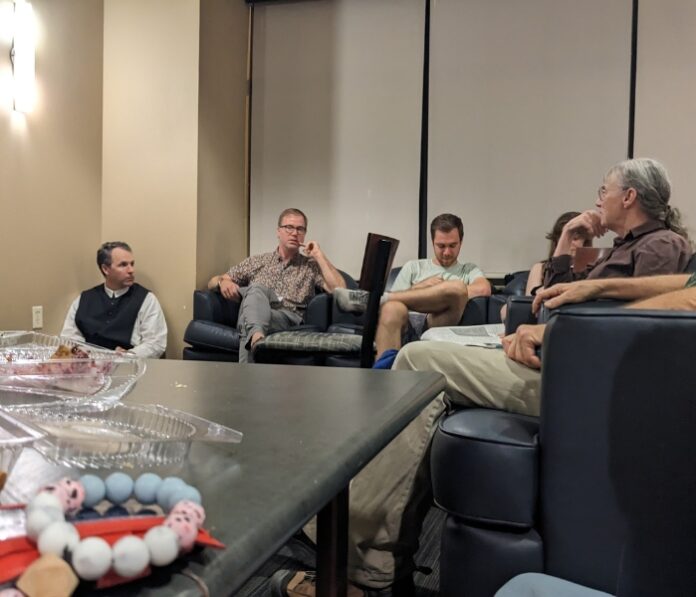In 2023, Ethan Hawke and his daughter, Maya Hawke, released their father-daughter passion piece: “Wild Cat”. Wild Cat explores the life of Southern author Flannery O’Connor. Maya Hawke herself plays the Southern woman, and also plays several characters from O’Connor’s own writing.
The movie primarily focuses on O’Connor’s initial diagnosis with Lupus and fragments of her life before the diagnosis. The film also explores O’Connor’s own psyche by interspersing scenes from O’connor’s short stories.
Despite the terrific acting, beautiful scenery, wonderful attention to detail and powerful score, “Wild Cats” falls short because it proposes many questions about the flaws of religion while doing little to answer them.
The film portrays O’Connor as a devout Catholic woman, which she was, and does a wonderful job exploring her personal conflictions, along with her own critiques of religion in the American South through scenes that come straight from her own novels. In these scenes, it is clear that O’Connor sought to critique atheists and Christians alike.
One scene in particular highlights the problem in the film’s depiction of religion. O’Connor is talking with an Irish priest, played by Liam Neeson, and the conversation develops into O’Connor trying to reconcile her writing with her faith. The heart of the priest’s message was that O’Connor should continue to write, despite the moral issues that others in the film have with the novel, as long as she writes as an act of charity.
This scene summarizes the film’s entire religious message: there will always be bad Christians, but one must ignore them and have faith despite the existence of these Christians. The question that the film unintentionally asks, but never resolves, is why these bad Christians should be ignored.
Bad Christians are not a new concept to tackle in a religious film; in fact, there are many films that tackle this topic very well. Wild Cat fails to give new or helpful insights on how to handle these bad Christians, and from its portrayal of bad Christians, it raises more questions about the flaws and shortcomings of religion.
The biggest flaw in the film is that it raises the issues of bad Christians, the difficulty of faith and persevering through the struggles of faith, but fails to emphasize the importance of not having blind faith, and leads to a message that encourages ignoring the flaws in our religious communities. This message is harmful to those devout to their religion, those who have lost their religion and those searching for their religion.
These are not only flaws within the film, but flaws with contemporary society. Christians have become such a marginal group in America that the idea of a fellow Christian has become more compelling than the idea of a genuinely good person that is atheist, which has led to dangerous trends which have helped split our nation into two.
The question I want to leave all our readers with is a simple one: what can we do as University of Dallas students to bridge the gap between good Christians and well-meaning atheists?
